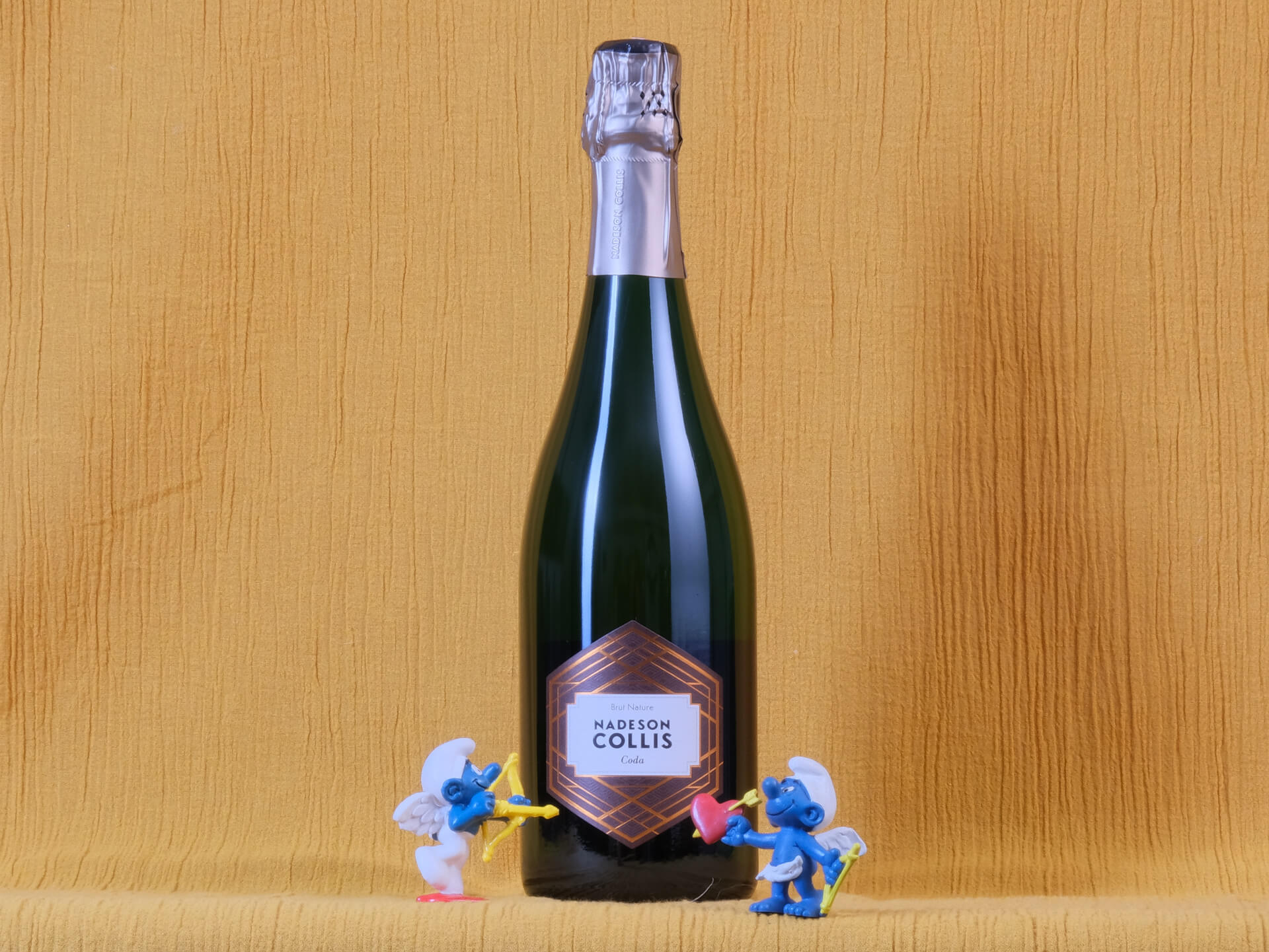While the fizz project was originally started by Lethbridge’s Ray Nadeson and Maree Collis for home consumption, this unique sparkling wine – drawn solely from a solera started in 2003 – now vies for the honour of Australia’s most complex and fascinating sparkling wine. Think artisan Champagne, shot through with nutty sherry-like notes, but built on the fruit intensity and electric acidity of Henty fruit.
Tasting note
This is oh-so complex, reminiscent of top artisan Champagne, but distinctly individual, too. A lash of sea spray, with brittle notes of dry sherry, cracked roasted nuts aplenty, salted caramel, sourdough rye, hints of citrus peel, with brusquely tart cider apples, Comté cheese rind, dried apple… so much going on. There’s a real sense of intensity and density here, but brightly fresh and vibrant with a softer, pillowy fizz carrying the flavours along with a racy line of acid through the endless finish. This is one of the most layered and engaging bottles of fizz ever made on our shores.
Themes of this wine
Sparkling wine
There are many different ways to make sparkling wine. The most famous is the method widely associated with Champagne, where still wine is refermented in bottle with added sugar and yeast to create bubbles, then matured on the lees to create layers of flavour and textural detail. But pétillant naturel (pét-nat) or méthode ancestrale is an even older approach, with the primary ferment finishing in bottle to create the bubbles, with the result usually simpler and brighter, with less leesy complexity. Then there are more modern methods, like Charmat, where the fizz-producing ferment occurs in tank, then the wine is bottled cold to retain the bubbles, and the result is, well, bubbly wine, without any bottle-conditioned character.
Solera
A solera is a method of maturing wine from various vintages, with new material added each year to make up for what has been drawn off to be bottled. This can be done in a large vat or tank, or it can be managed over a series of smaller barrels, where wine is transferred from youngest to the oldest blend at the end of the solera, which is combination of many vintages and will be the most layered wine. This process is used for sherry for a complex and consistent result, as well as port and other fortified wines. It is also used for Champagne and sparkling wines, often adding sherry-like notes, to add as reserve wine to mix with the current vintage.
Chardonnay
With an explosion of interest over the last few decades, chardonnay is now the world’s most planted white grape. With its ability to grow in varied conditions and make everything from sparkling wine, to lean and mineral whites, to full-bodied textural expressions, it is perhaps no surprise to see Burgundy’s key white grape become so dominant.
Pinot noir
Pinot noir is one of the wine world’s most revered grapes. Notoriously fickle to grow and make, it makes what many see as the pinnacle of red wine in France’s Burgundy, but it has also found many happy homes around the world, and none more so than in Australia across our cooler viticultural regions.
Pinot meunier
Pinot meunier is a grape mainly consigned to sparkling wine production, with still red wines relatively rare. But in Australia, though the output is modest, the grape has a meaningful place as a quality grape for red wine production (alongside sparkling wine), and with a noble history that stretches back to the 1830s.
Henty
Henty spills across the extreme south-west of Victoria, with less than 200 hectares planted to vines and a decidedly cool climate, favouring riesling, chardonnay and pinot noir. While it may not be heavily planted, the region boasts some of this country’s most exciting vineyard land, largely planted to basalt soils over clay and with bracing breezes funnelling across from the Southern Ocean bringing night-time temperatures down significantly. Many would argue that it is home to two vineyards that vie to be the country’s best producers of riesling: Crawford River and Seppelt Drumborg.



